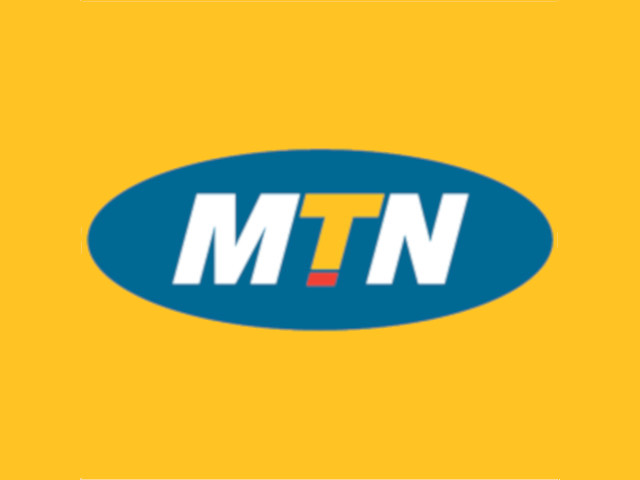Covid-19 has SA business turning to ‘switchboards in the sky’ to maintain productivity
By Staff Writer 21 April 2021 | Categories: news
The ongoing Covid-19 pandemic and its impact on the business working environment have prompted thousands of local businesses to adapt to the change by moving to mobile PABX services and become part of a global trend that is expected to be worth US $ 11 billion by 2027, says MTN.
Although the service has been available for a while, the pandemic has provided a spur for more businesses to move across to the mobile PABX platform, says Songezo Mosisi, Acting General Manager of SME at MTN Business.
Interestingly, he adds, businesses within the SME sector, usually early adopters of new technologies and those to whom the PABX would most appeal, are being joined in increasing numbers by large businesses and corporations.
“The pressures of the Covid-19 virus and the ensuing lockdowns resulted in thousands of workers leaving their desks. With many people working from home, a skeleton staff in the office and others in remote locations, the challenge for bigger businesses and corporations was twofold- closing the communication gap and ensuring that landline and mobile services could converge, so productivity was not compromised. The answer has been the ‘switchboard in the sky’ which can operate on an existing office number.”
The change has also addressed one of the main shortcomings of office-based PABX systems working on copper lines. The operational problem is that if the board goes unanswered, the call forwarding facility picks up the call and transmits it to a nominated number.
“Once triggered, the facility redirects the call, at full cost, to the selected phone number. The result is increased costs and the allied disadvantage of only being able to handle a single call at a time and not being able to efficiently forward calls-especially if someone is on mobile,” says Mosisi.
“The mobile PABX system is cloud-based and offers all the features of a fixed, advanced telephone exchange. However, it is more flexible and scalable.”
The move from fixed to an MTN mobile PABX enables a landline number to be loaded on a user’s mobile. The mobile number also remains operational, so both services use a single device. Also, users can still access traditional PABX features, like auto-attendant, hunt groups, receptionist, and others on a mobile phone.
The company explained that the service is flexible, enabling the mobile PABX to connect up to 100 000 users simultaneously. Other facilities, such as corporate fax services connected to a landline number, continue to operate normally.
MTN asserted that costs, currently at between 14 and 34 cents a minute, are substantially cheaper than typical mobile call rates, even from linked mobile phones, as calls can be made at fixed-line rates.
Other benefits highlighted by the company include:
- The service eliminates the need for access or data links because, in MTNs PABX service, all calls to and from the PABX are routed on the MTN network.
- Even if they work at home, people can make and receive office calls routed to their extensions through an app on a mobile or program on laptops or desktop PCs.
- Incoming calls can be sent through Auto Attendant to mobile extensions.
- If users are using a Soft Client, or desktop phone, then extension to extension calls or transfer of calls are free, but when using Mobile PBX, from a mobile phone, there are call charges to phone colleagues or transfer a call.
- Plan and participate in conference voice calls.
- Use instant messaging services to talk to colleagues or with teams.
- Pick up voicemail messages left on extensions or receive voicemails through e-mail.
- It is a month-to-month service.
“Convenience, operability and cost will continue to be issues that receive business attention. The Covid-19 pandemic has focused attention on how technology can close communication gaps, merge services offered on landlines and help reinvent the office-all at low cost.”
“It is evident that the world of work will never be the same as it was a mere 12 months ago. New services that provide instant links without the need for on-site installations will continue to lead the way ahead,” concludes Mosisi.
Most Read Articles

Have Your Say
What new tech or developments are you most anticipating this year?



